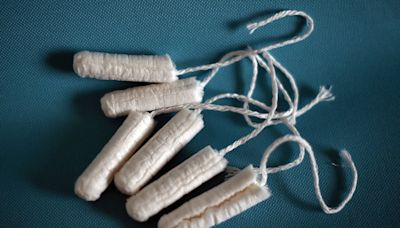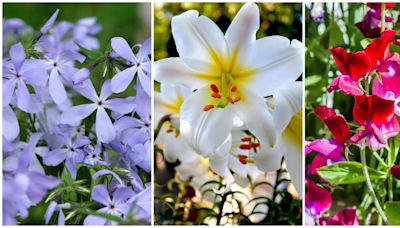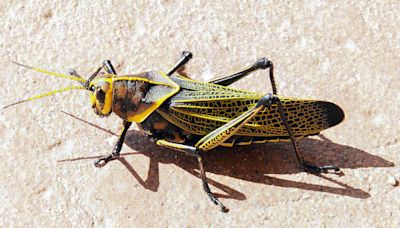Search results
Soil, the biologically active, porous medium that has developed in the uppermost layer of Earth’s crust. It is one of the principal substrata of life on Earth, serving as a reservoir of water and nutrients, as a medium for the filtration and breakdown of wastes, and as a participant in the cycling of elements.
Soil, also commonly referred to as earth or dirt, is a mixture of organic matter, minerals, gases, liquids, and organisms that together support the life of plants and soil organisms. Some scientific definitions distinguish dirt from soil by restricting the former term specifically to displaced soil. Soil measuring and surveying device
Jul 20, 2023 · Soil is a key component of the garden that supplies essential nutrients, water, oxygen and root support for plants to grow and flourish. Soil comes in a variety of types and textures, and different plants will thrive in different soils.
New soils are born with every landslide, volcanic eruption, or glacial retreat. Soils change over time through a host of biological, chemical, and physical processes. Horizons form, minerals...
The evolution of soils and their properties is called soil formation, and pedologists have identified five fundamental soil formation processes that influence soil properties. These five “state factors” are parent material, topography, climate, organisms, and time.
In short, soil is a mixture of minerals, dead and living organisms (organic materials), air, and water. These four ingredients react with one another in amazing ways, making soil one of our planet’s most dynamic and important natural resources. Soil is used by people in numerous ways.
Soils are home to earthworms, termites and a myriad of micro-organisms that fix nitrogen and decompose organic matter. We build on soil as well as with it. Soil plays a vital role in the Earth’s ecosystem and without soil, human life would be very difficult.
Soil - Structure, Composition, Properties: The grain size of soil particles and the aggregate structures they form affect the ability of a soil to transport and retain water, air, and nutrients.
Soil is sometimes referred to as the ‘skin of the earth’. Soils develop over time under the influence of chemical, physical and biological processes. They develop where rocks and sediments (lithosphere) are influenced by flora and fauna (biosphere), water (hydrosphere) and climate (atmosphere).
Soil is a mixture of minerals, dead and living organisms (organic materials), air, and water. These four ingredients react with one another in amazing ways, making soil one of our planet’s most dynamic and important natural resources.






